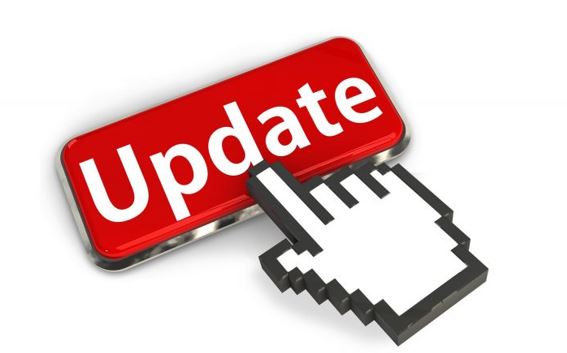Pension administration has its own set of responsibilities for the plan, but our role is often confused with that of the investment advisor, or the company that provides recordkeeping for the plan because those companies are more visible to the plan participants.
The company that sponsors a retirement plan is called the Plan Administrator. At Benefit Resources we provide Third Party Administration (TPA) services to help the company with the administration of their plan. It doesn’t matter if the plan is a traditional Defined Benefit pension plan, or a 401(k) plan, 403(b) plan or profit sharing plan – all retirement/pension plans need administration services.
1. EMPLOYMENT RECORDS
I sometimes call this hire/fire data. In best practice #1, keep track of your employees’ records in organized paper files, on a spreadsheet, or in your HR software.
- Name
- Social Security number
- Date of hire
- Date of birth
- Date(s) of termination (if any)
- Date(s) of rehire
- Leave of absence dates (military, disability, FMLA, maternity/paternity, etc.)
- Current mailing address
2. PAYROLL RECORDS
Whether you prepare payroll in-house or use a service, best practice #2 will have you keep complete and accurate payroll records. Payroll is a critical component for administering a retirement plan. At the end of your plan year (calendar or fiscal year), you should be able to provide a report to your administrator that includes the following:
- Total wages (amount each employee earned before ANY deductions)
- Retirement plan contributions (pre-tax or Roth, 401(k), 403(b), or 457)
- Hours worked (check your Plan Document for the method required for tracking hours)
- Excluded compensation, if any (your plan may exclude some compensation for purposes of determining the employer contribution or for certain compliance tests)
- Employee type (some plans exclude certain types of employees like Union or Hourly employees, other plans may allocate contributions differently to different types of classes of employees)
- Best practice #2.1: To confirm that you have provided accurate records to your pension administrator, the totals on your payroll report should tie out to the totals on your Form W-3 or other annual wage summary report.
3. CORPORATE RECORDS
This best practice #3 is a reminder to provide to your pension administrator every year information about your company:
- Provide a list of the shareholders/partners/owners of the company
- Indicate whether there are family members of anyone listed in 3.a. who work for the company (spouses, children, parents)
- List any other companies owned by anyone listed in 3.a.
- List the corporate officers who work for the company

4. DEPOSIT RECORDS
Throughout the year as contributions are made to a plan, particularly a 401(k) or 403(b) plan, or any plan that has participant loans, best practice #4 calls for you to keep a running list of the deposits made to the plan.
- The pay period for which the deposit was made
- The amount of the deposit
- The date the deposit was sent/posted to the trust (ACH transfers are preferred over mail)
- The subtotal of each of the various types of contributions sent (pre-tax, Roth, employer match, loan payment, etc.)
5. KEEP A CALENDAR OF IMPORTANT EVENTS. There are a variety of deadlines that are imposed on retirement plans, and failure to meet a deadline can be very expensive. In best practice #5, we recommend that you keep a calendar of events for your plan so that you never push up against a deadline.
- January 31. Forms 1099R that report payments from the plan to employees must be mailed to those employees by January 31 each year
- February 28. The Employer must submit their copy of the Forms 1099R to the Social Security Administration by February 28 each year.
- 30-90 days before the beginning of the plan year. Notices to employees must be distributed about plan features. These apply only if your plan has features that require special notices such as:
- i. Safe Harbor
- ii. Automatic Enrollment
- iii. Qualified Default Investment Arrangement
30-days after the end of the plan year. Provide employee data, payroll records, corporate records and deposit records to your pension administrator so that they can perform calculations and testing.
- 2 ½ months after the end of the plan year. Compliance testing is required for plans that have 401(k) contributions, or employer matching contribution features.
- 7 months after the end of the plan year. Form 5500 must be filed electronically to the Department of Labor. An extension of up to 2 ½ months may be requested.
- 8 ½ months after the end of the plan year. Certain mandatory contributions must be posited to the plan (pension plan contributions, top heavy minimum contributions).
- Income tax return deadline. For a plan contribution to be deductible, it must be postmarked no later than the due date for the plan sponsor’s income tax return (including extensions).
Keeping complete and organized records throughout the year will allow you to be stress-free when it comes times to putting together information for your pension administrator to complete your retirement plan testing, audit and reporting.


You might also like:
Fraud Prevention for Retirement Plan Sponsors
What is a Trustee? Your Fiduciary Duties
Retirement Plan Providers - National Provider vs. BRI
Image courtesy of gubgib / FreeDigitalPhotos.net


